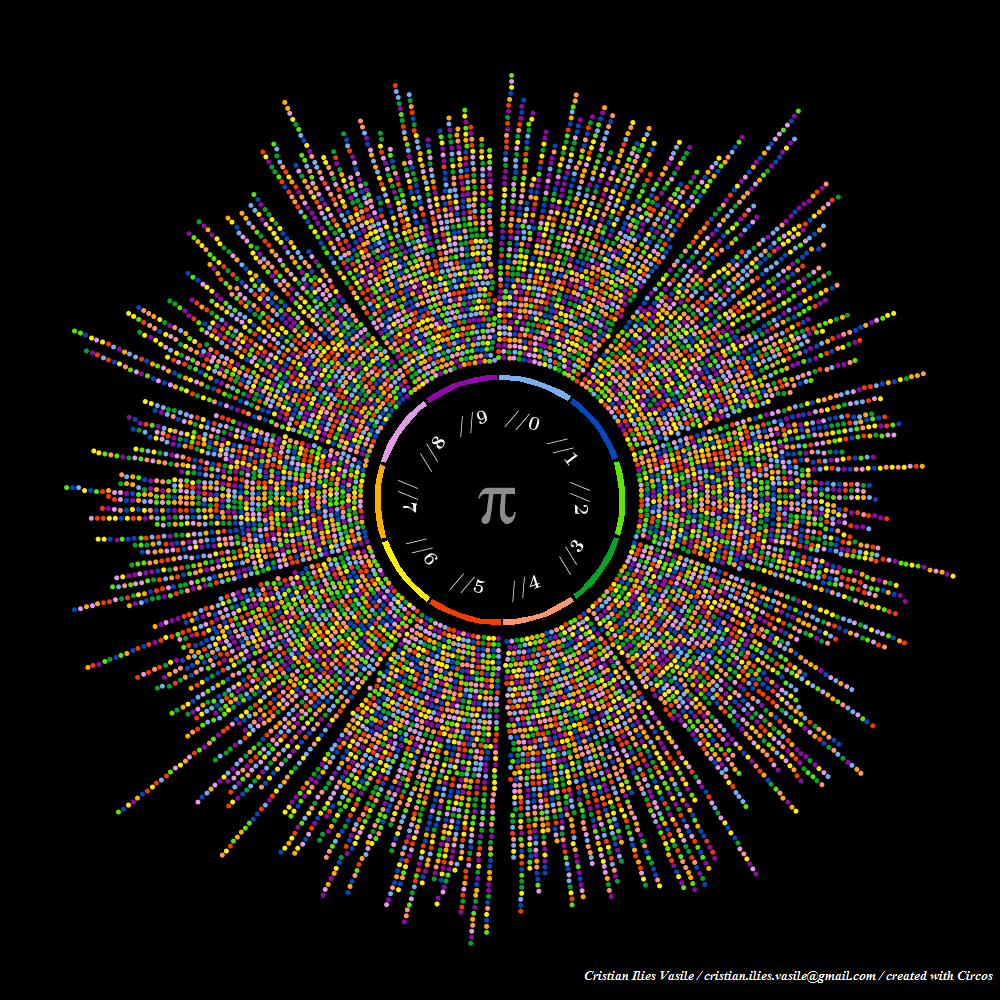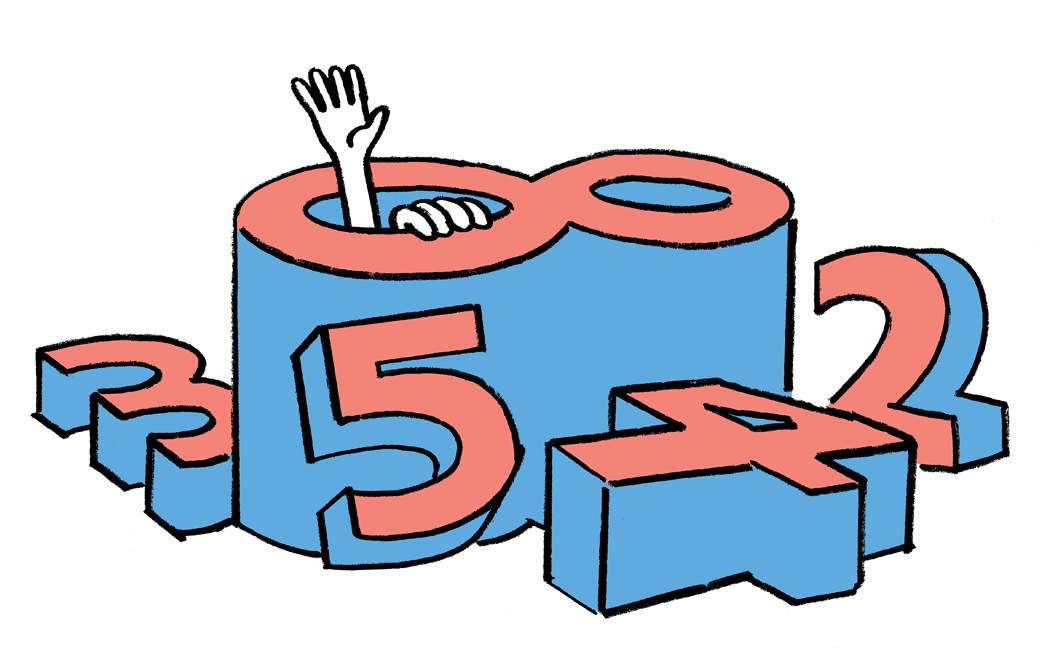Remember when life was as simple as one, two, three?
That was back in the day when numbers made sense. Numbers changed the quantity of stuff we had. We could add them, subtract them, multiply them like rabbits, and divide them like the Roman army.
But then, we learned that numbers are more than what we thought they were. Numbers were not treated the same. Zero was nothing, -1 was less than nothing, some numbers didn’t even exist, and others went on forever. What are real numbers…versus unreal numbers. What’s a “natural” number…as opposed to an “unnatural” number. How can we tell them apart?
Good news: It’s easier than you think!
First of all, let’s define ALL numbers as Real numbers. Easy, huh?
*We should note there are imaginary numbers which are NOT real. Like, what is the √-25? We know √25 is 5. But -5 x -5=25. The number i is an imaginary number, and i2 =-1. So (5i)2 =-25.
Wild, I know!*
Let’s get back to Real numbers, though. If it’s not imaginary, it’s real.
Underneath Real numbers are two broad categories: Rational numbers and Irrational numbers.
Irrational numbers are those that have no ending: π (Pi) is an Irrational number. √2 is an Irrational number. Everything else is Rational.
 Okay, that makes sense. Let’s break it down a bit further: under Rational numbers we have Integers and Fractions.
Okay, that makes sense. Let’s break it down a bit further: under Rational numbers we have Integers and Fractions.
We got this one! Integers are easy: -3,-2,-1,0,1,2,3,4,5,6…….333…….4,557,868,697…….2,273,787,474,859,596 are all Integers.
Anything in between an integer is a Fraction:
½, ¾, ⅞, 99⁄100
We can break integers down again, but if this isn’t making sense we recommend speaking with an online math tutor. We have Negative Numbers and Whole Numbers.
Piece of cake: Negative numbers are anything less than Zero; or, n < 0
Whole Numbers are Zero and above; or, 0 ≤ n
Under Whole Numbers, we have Natural Numbers. Zero is a category by itself because it technically not a Natural number. It’s not really anything at all. Zero is zero!
So, what’s a Natural Number? It’s as easy as counting One, Two, Three! Not making any sense? Try connecting with an online math tutor.
Last on the list are Prime Numbers and Composite Numbers, and One.
A Prime Number is only divisible by 1 and itself. No even number except for 2 is prime because it can be divided by 2. Some prime numbers are: 2, 3, 7, 11, 17, 19, 29, 127, 8191, 131071, 524287, 6700417, 2147483647, 67280421310721, 170141183460469231731687303726995206727, 20988936657440586486151264256610222593863921, and the largest number so far:
257,885,161-1, which is the number 2 multiplied by itself 57,885,161 times, then subtract 1 to make it odd. This number has 22,338,618 digits to it. Don’t believe me? Try it and see!
A Composite Number is divisible by more than 1 and itself. 4 is divisible by 1, 2, and 4. 9 is divisible by 1, 3, and 9. 100 is divisible by 1, 2, 4, 5, 10, 20, 25, and 100.
One is unique because it is only divisible by itself. It might not seem like it now, but this information will help out a lot once you begin work on solving for linear functions.
_______________________________________
So…what is the number 8?
It is REAL. It is RATIONAL. It is an INTEGER. It is a WHOLE NUMBER. It is a NATURAL NUMBER. It is a COMPOSITE NUMBER.
Well-done!

